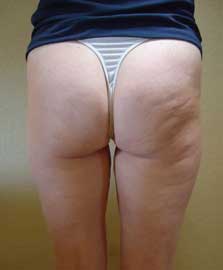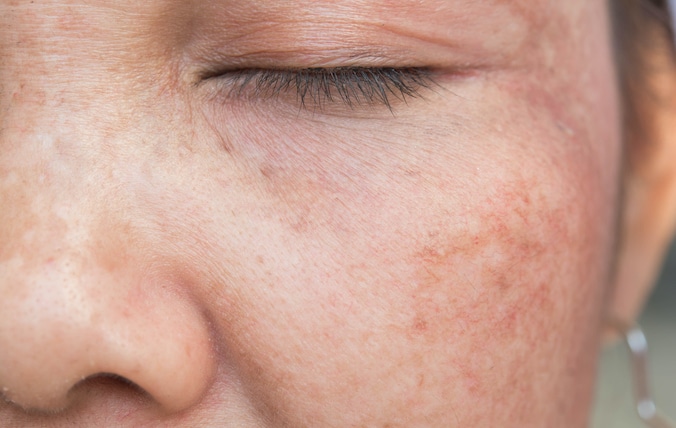Delivering Expert Cellulite Treatment to East Sussex
Cellulite is a widespread condition affecting both men and women, causing feelings of discomfort, frustration, and low self-confidence due to the appearance of dimpled skin. It is caused by a combination of factors such as genetics, hormones, body fat percentage, age, and lifestyle choices, commonly appearing on areas with fatty tissue accumulation such as the hips, thighs, and buttocks.
At Clinic 33, we recognise the impact of cellulite on individuals’ emotional and physical well-being. To address this issue, we offer effective treatments such as Tri Lipo Radio Frequency (by Lipofirm) and Cryotherapy (by Lipoglaze) to minimise the appearance of cellulite and improve skin texture. Tri Lipo Radio Frequency generates heat, while Cryotherapy uses low temperatures to help you achieve smoother, more toned skin.

What Factors Contribute to the Development of Cellulite?
Cellulite is caused by the accumulation of fat deposits beneath the skin, which can be more pronounced in certain women due to genetic factors, body fat percentage, and age. Additionally, the thickness of one’s skin can also affect the appearance of cellulite, which can impact individuals of all shapes and sizes. Collagen fibres divide the underlying fat into pockets between the skin and muscle, resulting in the dimpling effect commonly associated with cellulite. As the skin thins and loses elasticity with age, the connective tissues beneath become more apparent, further accentuating the appearance of cellulite.
Contributing factors to Cellulite:
[wpforms id=”11189″ title=”false”]
Note to Self About Cellulite
Cellulite is not always a personal fault, so it is important not to be too harsh on yourself. Fortunately, in many instances, cellulite can be effectively treated. If cellulite is causing you concern, our team can help identify the cause and develop a tailored treatment plan to restore your confidence.
East Sussex’s Specialists in Treating Cellulite
At Clinic 33, our team of experts is dedicated to providing personalised and effective treatments to help our clients achieve their body composition goals. We understand the correlation between cellulite and fat loss, and for more severe cases, we combine our two signature methods to effectively reduce fatty tissue and diminish cellulite on areas such as legs and buttocks.
We take great pride in offering a comprehensive approach to each client’s needs, ensuring that they achieve their desired results quickly and safely. Our welcoming and calming environment ensures that you can enjoy your experience with us while seeing great results.
The Clinic 33 Blog
What Are The Advantages Of Visiting a Skin Clinic?
Have you ever considered visiting a skin clinic? There [...]
What Are the Long-Term Benefits of Investing in Skin Health Through Regular Visits to a Skin Clinic?
It is crucial to ensure that your skin receives [...]
What Factors Should You Consider When Choosing the Right Skin Clinic for You in Brighton?
Have Looking after your skin is hugely important, but [...]















